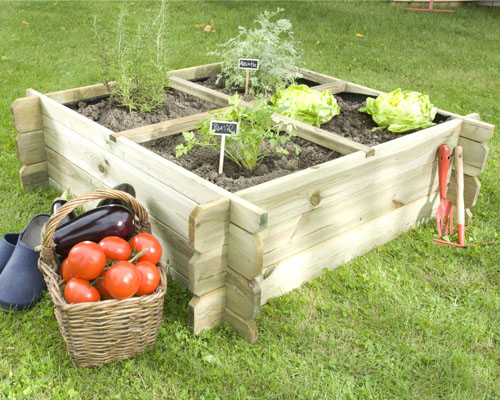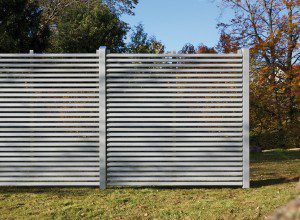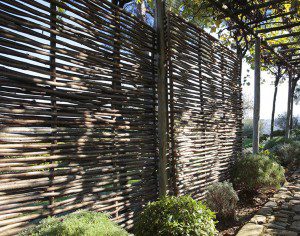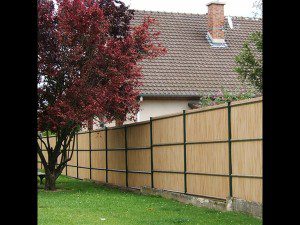In this article I will present several solutions for reduce wind in your garden.
Wind is harmful on multiple levels. First of all for users of outdoor space: when it is spring or autumn, you want to enjoy your garden as soon as a ray of sunshine appears. But if it is in a place swept by gusts, the feeling of freshness it quickly becomes unpleasant.
Even the wind an obstacle to plant development. This is especially evident if you have a vegetable garden. Breath dries out the soil and limits plant growth.
This can also become problematic if you have planted plants whose hardiness is limited compared to your region. The wind will strengthen sensitivity to frost.
You understand that, both for the pleasure of the garden and for the production of vegetables, the wind is a handicapping element.
I will present three ways to reduce it: with a hedge, with suitable trellises and screens and finally, by covering a fence.
The mistake not to make
Before getting to the heart of the topic, I have a very important observation to make. A solid wall or any other element that completely blocks the wind is strongly discouraged! This may seem strange to you, but it doesn’t actually stop your breathing. This goes around the obstacle and then creates a zone of slightly more distant vortices. This area is often located at a distance double the height of the whole. For example, with a 2 meter high wall, you will again have wind 4 meters from it.
Here is a sketch to better understand:
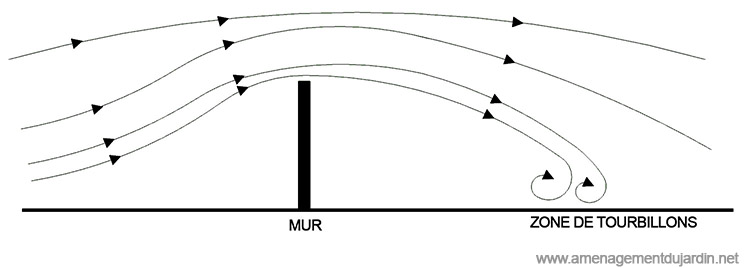
Whatever solution is adopted, it must be permeable. It will significantly reduce the speed of breathing, avoiding the inconveniences mentioned above.
After this recommendation, we can now move on to the solutions.
The hedges
A hedge is an excellent windbreak. On average it allows you to obtain a low wind area for a length 10 times greater than its height. This means that with a 2 meter high hedge you will have a protected space 20 meters long!
Different types of hedges are possible, they will depend on the utility and the desired aesthetic appearance.
Types of plants
To protect ourselves from the wind throughout the year we would tend to want to create a hedge only with evergreen plants (conifers or broad-leaved trees). Be careful, some very dense varieties, such as square cut thujas, can create an airtight mass and cause the same problems as the wall, as we have seen previously. It is therefore necessary to improve mix different species of evergreen plants or if you want just one variety, opt for an evergreen shrub that isn’t as dense as a conifer. This will slow down the wind without creating turbulence.
But in the end, does it make sense to cut the wind throughout the year? You enjoy your garden mostly from spring to autumn when the deciduous plants have leaves, and even in the vegetable garden it is dormant in the winter, so there is nothing to protect. In fact, this type of evergreen hedge is particularly useful if you have cold plants that need to be sheltered from the wind during the winter. In this case it will be necessary to adopt a solution that works all year round.
By the way, do you know what a rotting plant is? It is a plant whose leaves dry in autumn, but remain in place until spring. This then partially protects you for part of the winter. Charm is a good example.
In other cases it is good to integrate a portion of the deciduous plants in your hedge. This is all the better because most shrubs with attractive flowers lose their leaves in winter. You will have both, a utilitarian and aesthetic covering.
Finally, if you want to protect yourself from the wind, even in winter, create a mix of different evergreen plants. If, however, you want to take shelter only during the «summer season», create a hedge by mixing evergreen, rotting and deciduous plants.
Finally, know that even a hedge will have one small anti-noise effect.
The layout
If you create a hedge with just a row of plants, they will be aligned. On the other hand, if you have space, don’t hesitate to do so create several rows of staggered plants. The greater the depth, the more the wind will slow down.
This method also allows you to vary the composition of the hedge: either you mix plants of almost identical dimensions in the different rows, or you position them the largest at the back and the smallest at the front (inner side of the garden) to create a gradient. You can also place evergreen shrubs at the back to break the wind as much as possible and flowering plants at the frontthis will allow you to enjoy the vibrant colors of the latter while continuing to reduce the speed of your breathing.
Free hedge or clipped hedge
You have the choice between leaving yours free hedge : namely this the plants are pruned annually and individually to maintain their natural shape, or you can cut the entire hedge geometricallythis above all facilitates control of its dimensions.
I find the free version much nicer because it’s more natural. But in both cases, prune regularly because if you wait too long between one cut and another you will end up on the wood of the plant and if it has almost no leaves left the windbreak effect will become almost non-existent.
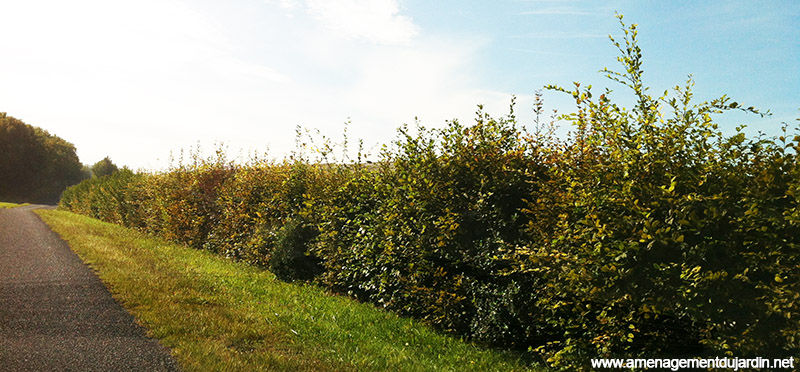
Screens and trusses
Wooden panels that you can find in stores or that you can make yourself also help reduce wind. But don’t forget what I told you at the beginning: never a total obstacle. You therefore need to opt for openwork models.
You have signs with inclined bladesadjustable or not. This will reduce wind blowing and also, as the wind resistance is less than full models, there is less risk of them tearing in strong gusts.
They are there too woven models in synthetic or natural material (hazelnut) whose stems are not too tight to let part of the wind pass.
Finally you can take trellis and grow there climbing plants to create a windbreak effect. This won’t be as effective as the previous solutions, but when it comes to limiting some breeze, it’s enough.
Dressed fences
Finally, if you already have a fence around your yard, simply cover it to slow the wind. You can there cultivation of climbing plants or yes place a privacy screen. The latter exists in different models: rollers, slats, rods… In most cases, these blinds are permeable to limit their resistance to the wind, which will be perfect for reducing gusts.
In any case, check that the fence is sufficiently anchored to the ground (posts sealed in concrete) to resist strong winds.
In this article you will find several examples of roofing: covering a fence.
And you, what is your favorite solution?
latest posts published

Wooden terrace: which species to choose?

The 10 essential aromatic plants for your garden

4 questions to ask yourself before creating a pond in your garden

My selection of 15 plants with purple foliage
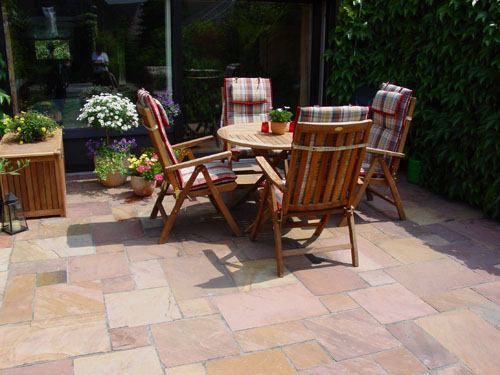
Which natural stone to choose for the flooring of your terrace?

Windbreak in the garden: all the solutions

4 pond styles to copy into your garden

Become a florist: Make people around you happier with flowers

Is a career as a gardener right for me?
